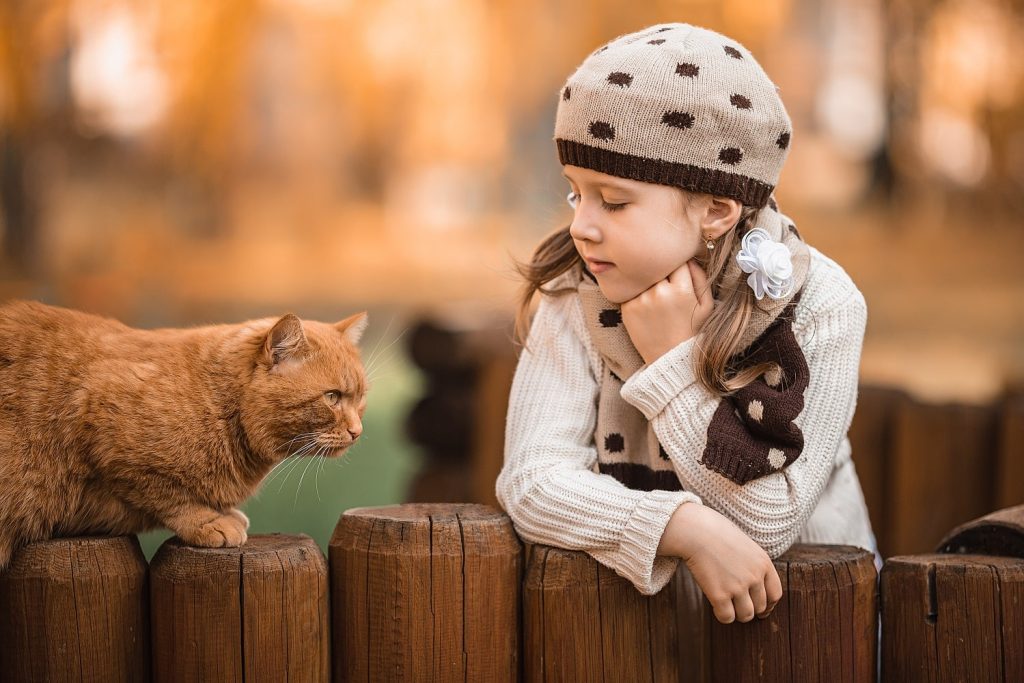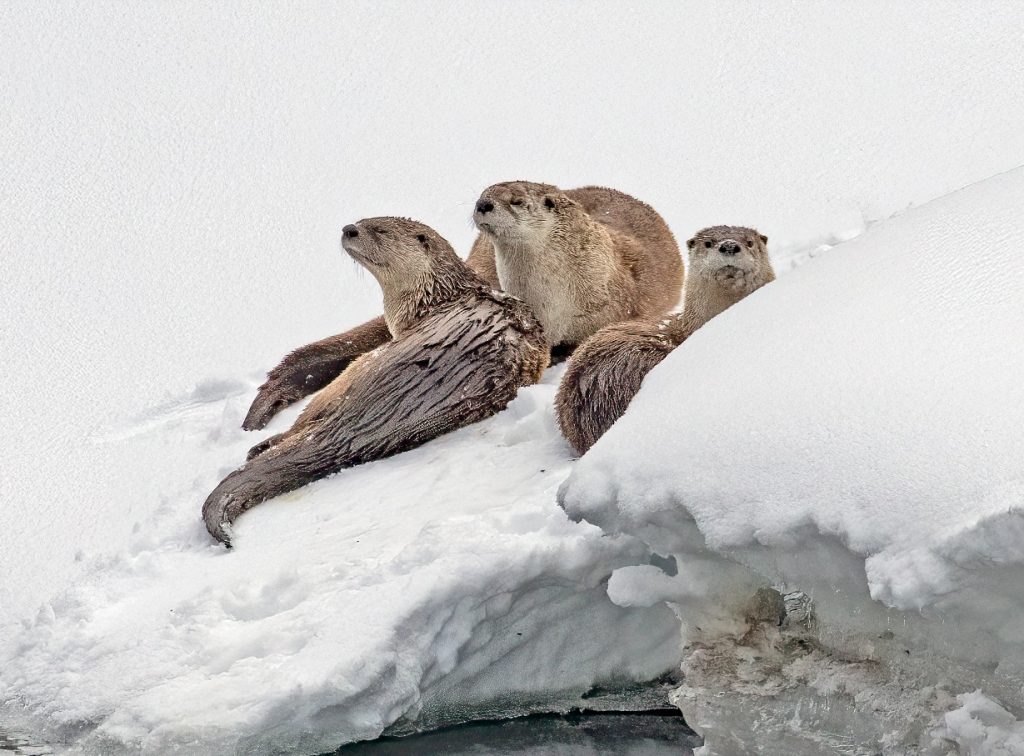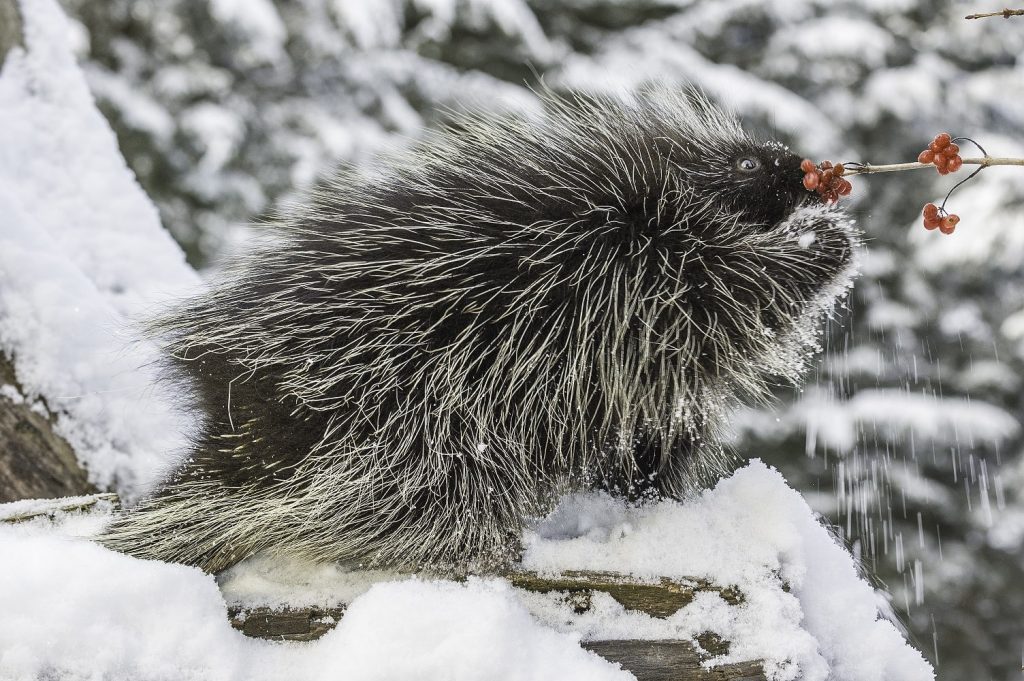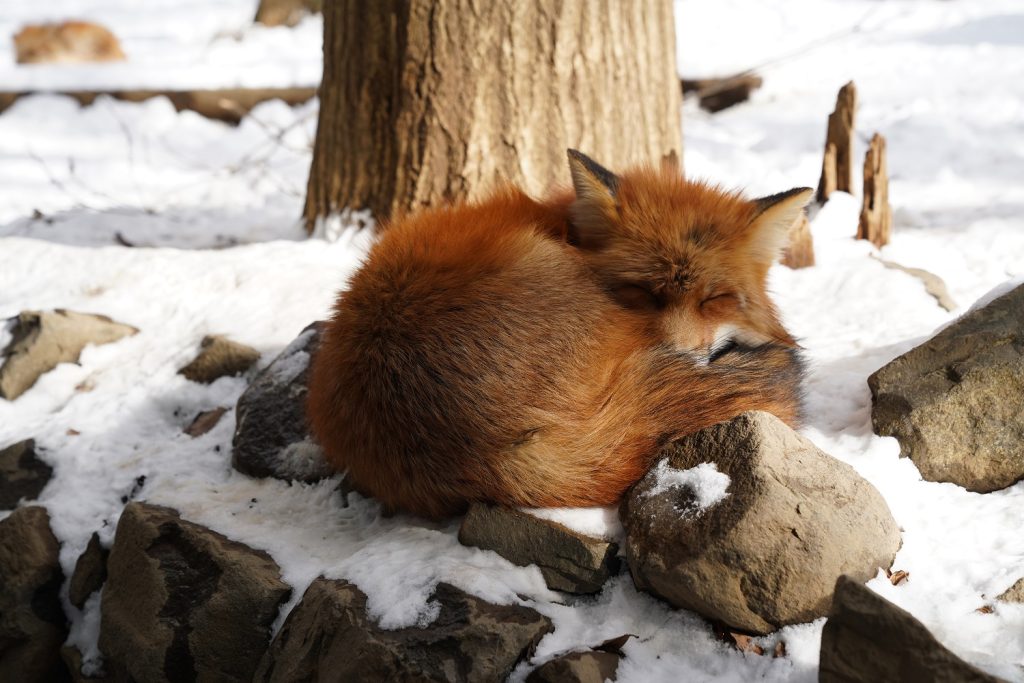Brrr… do you feel that? It’s still summer, but there’s sometimes a chill in the air. Winter will follow fall faster than you might think! But no need to worry – we’re totally ready for winter! We’ve got heaters for our homes and parkas, hats, and mittens to keep us toasty warm.
Hang on… What about our animal friends who have to brave the outdoors year-round? Some migrate, some hibernate, and some have extra layers of fat to keep them warm.

But our favorite, fuzziest, fluffiest, cushiest, coziest animal adaptation is: fur! As winter approaches, you might have seen your cat or dog grow fluffier and thicker fur. Their new “winter coat” is important for insulation. Fur protects animals from the cold!
Who is the fluffiest? Check out this list of our favorite SUPER animals who resist the cold!
Sea Otters

Have you seen those cute videos of sea otters cleaning themselves? This is to make sure their fur is in perfect shape. In fact, sea otters have the densest coat of all animals! They don’t have any insulating fat. Instead, their thick pelt captures air bubbles close to their skin. This protects them from the coldest water in winter.
Snowshoe Hare

Snowshoe hares are experts at preparing for the colder months. They trade their brown “summer wardrobe” for white fur to help them camouflage themselves among the snowdrifts. Their fur also grows longer to insulate them against the cold. It even covers their toes! This helps them create a snowshoe-like track to easily navigate their environment.
Porcupine

You might know porcupines for their sharp quills, but did you know that, during winter, they get all fluffy? The fluff is a winter coat that comes in under their quills to keep them warm. Porcupines also eat a lot in summer and fall in order to store fat to burn over winter. This allows them to survive even the chilliest Arctic temperatures.
Fox

Foxes are adaptation champions! Arctic foxes are made for winter, surviving the coldest of temperatures thanks to their perfect build for the weather. Other foxes, such as red foxes, grey foxes, and cross foxes, also grow long winter coats to help them stay toasty. You might even see a fox wrapping itself with its bushy tail to sleep comfortably in the snow!
Beaver

Beavers have not one, but two layers of fur! There’s a short, dense layer of fine fur for warmth, and longer hairs on top for waterproofing. Beavers also produce a special oil called castor oil, which they rub through their fur to make it waterproof. The waterproof fur keeps the beaver’s skin dry and warm while swimming in cold water.
Which animal on our list is the best INSULATION CHAMPION?
Did we forget any animals that should have made the top five?
Leave a comment to let us know what you think!

Their all so cute.
Beaver because they have a oil to keep them warm or the sea otters!!!
I noticed that in the summer my cat sheds way more. I think it’s because in the winter they grow tons of fur, but in the summer they need to shed it to keep cool.
Wow … porcupine…I would have never guessed!
Polar bears should be on the list. On this list I like the beaver best because it has a cute face.
Hmmm idk?
I love all these animals❤️ i didn’t know about
The sea otters but i love foxs
It is cool how they live.
I love them all❤️ i mostly like the sea otters .
Best day ever